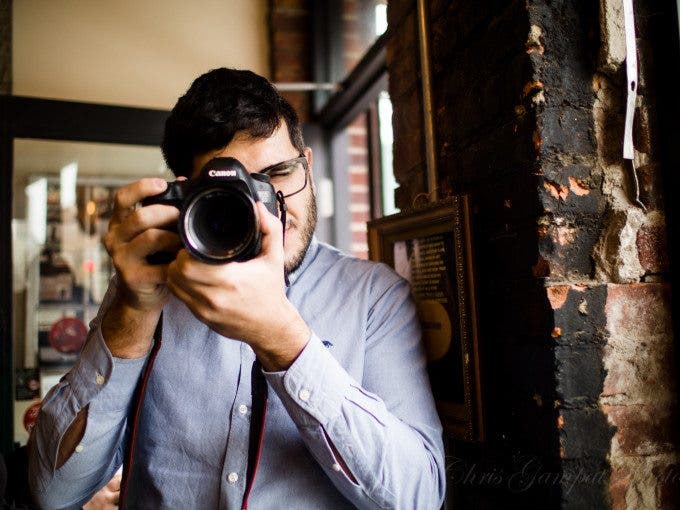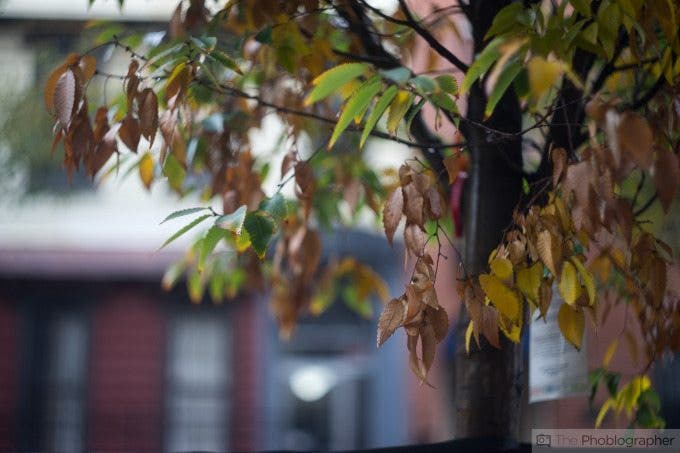3 Tips to Make Vintage Lenses Look Wonderful on Digital Cameras
Vintage lenses on digital cameras render a beautiful look.
Fact: Vintage lenses are superior to modern lenses in most ways. Modern post-production is so good that it can remove any flaws in a photo. However, if you want to engineer them back in, it becomes more expensive and annoying. Indeed, vintage lenses give you a look you can’t get with modern lenses anymore. And because of that, we’re giving you tips on how to make the most of them.
Use a Lower Megapixel Camera Body

For this tip, I want to harken back to something Nikon did many years ago. Once they released higher megapixel cameras, they gave a list of lenses that would resolve the sensor. Of course, many of the older lenses couldn’t do it. And that’s the case with lots of older lenses. Some will resolve on a 42MP camera sensor just fine, while others might struggle a bit. (And of course, there are outliers.) Pretty much any Contax G series lens will likely be fine to go for the 60-megapixel count. The same applies to some Leica M lenses. The famous 40mm f2 they made with Minolta is just one of those great lenses.
In general, though, most will probably work best below the 42MP range.
Imagine having vision problems and using non-prescription protective eyewear vs. prescription protective eyewear. Of course, you’ll be able to see a lot more clearly with the lenses that have coatings, were shaped, etc. The point still is that older lenses weren’t really designed for digital. To that end, film was dominant for most of photography’s history. 35mm film has around maybe 36 Megapixels of resolution to it. Any higher than that, and you’ll begin to see technical flaws.
However, the beauty of digital is that we can embrace those flaws. If you have a problem with them, you can fix them in post-production. It’s much easier to get rid of them in post-production than it is to put them in.
Focus Peaking and Magnification

Lots of photographers think focus peaking works perfectly fine until they magnify their images. The truth is that most focus peaking systems these days are pretty awful. The exception is Canon’s rangefinder system built into the RF cameras. If you’re going to use a vintage lens, you have to use a combination of methods. Here are some essential tips:
- Turn focus peaking to low
- Choose a color that contrasts with your scene
- Set a button to magnify an area of the scene
- Always magnify the scene and then focus the lens
- When the focus peaking is around the magnified subject, then you’re set.
Years of missed shots have taught us that this is really the best way to use manual focus, vintage lenses. The problem with modern focus peaking is it relies a whole lot on contrast. But vintage lenses don’t have much contrast. So focus peaking is pretty difficult to do unless the lens has autofocus contacts. Unfortunately, most don’t, and the adapters don’t help.
Get the Right Adapter for Your Vintage Lenses

That brings us to our last tip: get the right adapter. Many adapters are cheap, impulse buys. But they don’t bring the lens the correct distance from the sensor. They also end up being very wobbly. This can cause major issues with the image quality. It’s often worth it to spend more money and get the right one.